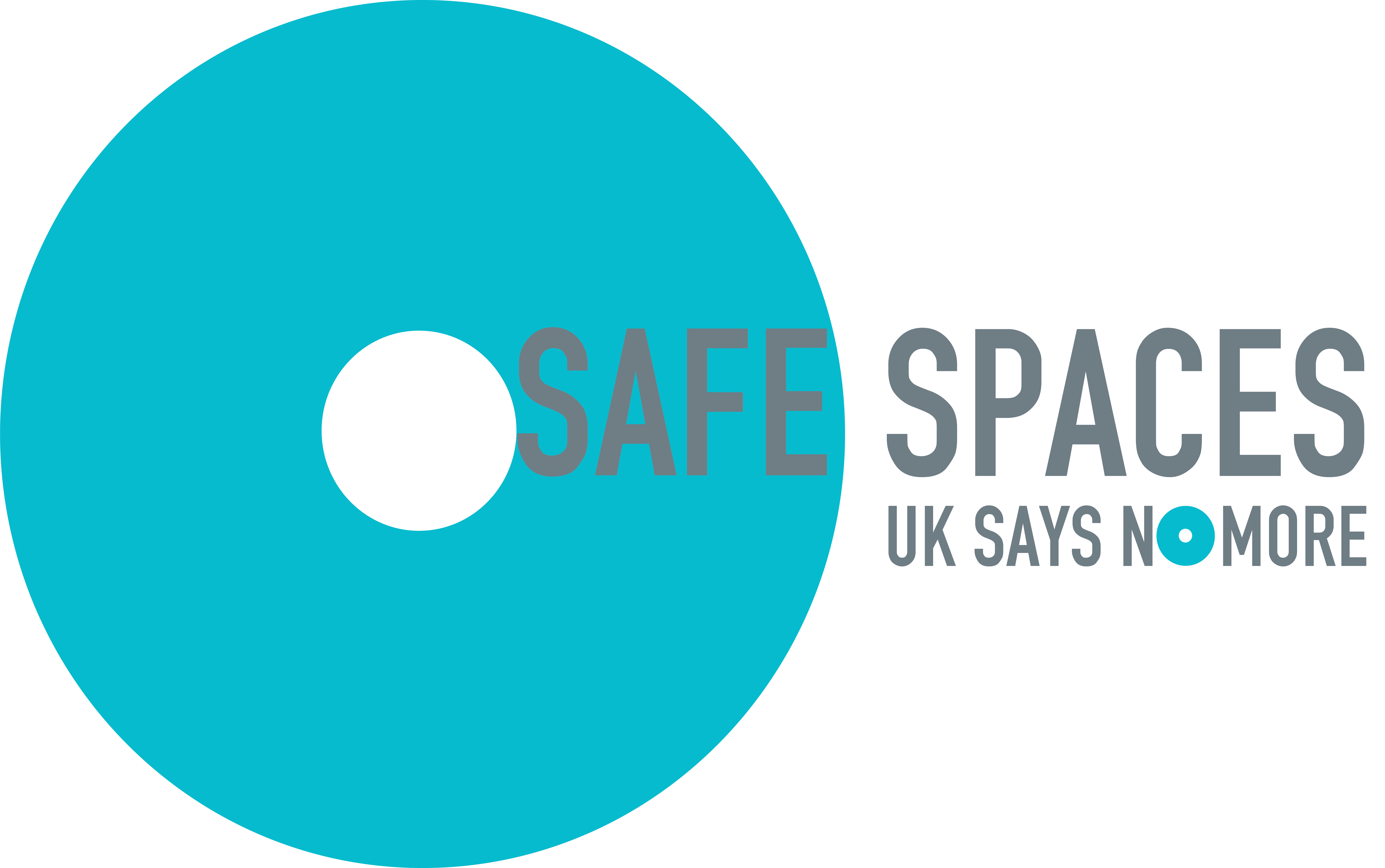The BBC is not on its own, there are many leading employers ‘setting the standard’ in Diversity and Inclusion with a host of high-profile initiatives aimed at including a broad church of people from all backgrounds. Diversity and Inclusion is progressively the issue organisations are keen to show they’re doing something about, and employees are increasingly invited to take part in ever more innovative initiatives designed to encourage sharing of values and fostering a feeling of belonging.
So, what’s going wrong?
Working populations are now bought into the Diversity and Inclusion agenda and they are keen to take part in a spirit of ‘what’s in it for me?’, and there’s nothing wrong with that; people should feel individually valued, rewarded and that they matter. But, and it’s a big ‘but’, Diversity and Inclusion initiatives can be seen as temporary or extracurricular, not ‘business as usual’, and not all initiatives achieve what they set out to do, potentially leaving a feeling of failure resulting in a detrimental impact on overall D&I objectives.
For instance, when organisations set targets for gender or ethnicity representation by a certain date and then fail to achieve it, two things happen. Firstly, the women or BAME employees, that entered the organisation as part of the target, have to work harder to prove their capability as they are inevitably under suspicion they were given favourable conditions to enter the business. Secondly, the organisation may just roundly view the initiative as a failure and back away from the idea of having more women and BAME candidates in the future.
Initiatives also tend to treat symptoms, not causes. As in the example above, having a target to increase female or BAME representation does not deal with the issue of why there is under-representation now. In the BBC’s case, years of focus on female representation have not had a positive impact on gender bias; clearly evidenced by the pay gap.
The real issue is that imbalances and barriers to inclusion are hidden deep within fundamental policies, processes and practice, all of which need to be critically analysed to diagnose cause, not highlight the impact of effect. Organisational leaders need to understand the extent of their leadership shadow and the impact it has on behaviour in the workplace and change their approach to suit.
Most importantly, leaders need to understand the difference between ‘Diversity’ and ‘Inclusion’. You cannot have one without the other, but many organisations fall short of achieving sustainable change because, whilst they’re attracting a greater diversity of people, they fail to shift their culture to embrace difference and include everyone. Unfortunately, this is a classic feature of treating symptoms not causes and often the result leaves an organisation with a truly well-intentioned culture, ambitious to do the right thing and keen to be inclusive, yet, destined to fail to make change happen. Potentially more damaging is that failure leads to a lack of appetite to support continued effort and, ultimately, impacts adversely on the whole diversity and inclusion agenda.
Making real change happen is not just about being the right thing to do, it’s also not just about becoming a nicer, more welcoming employer. It’s not just about high profile initiatives to showcase diversity objectives either. Whilst all of these things are to be applauded, positive, sustainable change has to be rooted in ‘business as usual’ in all elements and phases of the employee lifecycle. It has to be ‘life at work’, every day.
- Move D&I into the mainstream, tackle causes not symptoms, and D&I has a real chance to make business better.
- This is our mission at the Clear Company.
- Talk to us to know more.




